Checking 3D printing at high resolution (10 microns)
Hello everyone and good day. Not so long ago I wrote about the maximum resolution of 3D printing. But, some people have doubts about the possibility of realizing this. Therefore, we decided to repeat the experience, but on a different model.

A model in * .stl and * .sldprt format can be downloaded from here .
Immediately after printing on an RK-1 3D printer with a transparent polymer, the model looks like this.
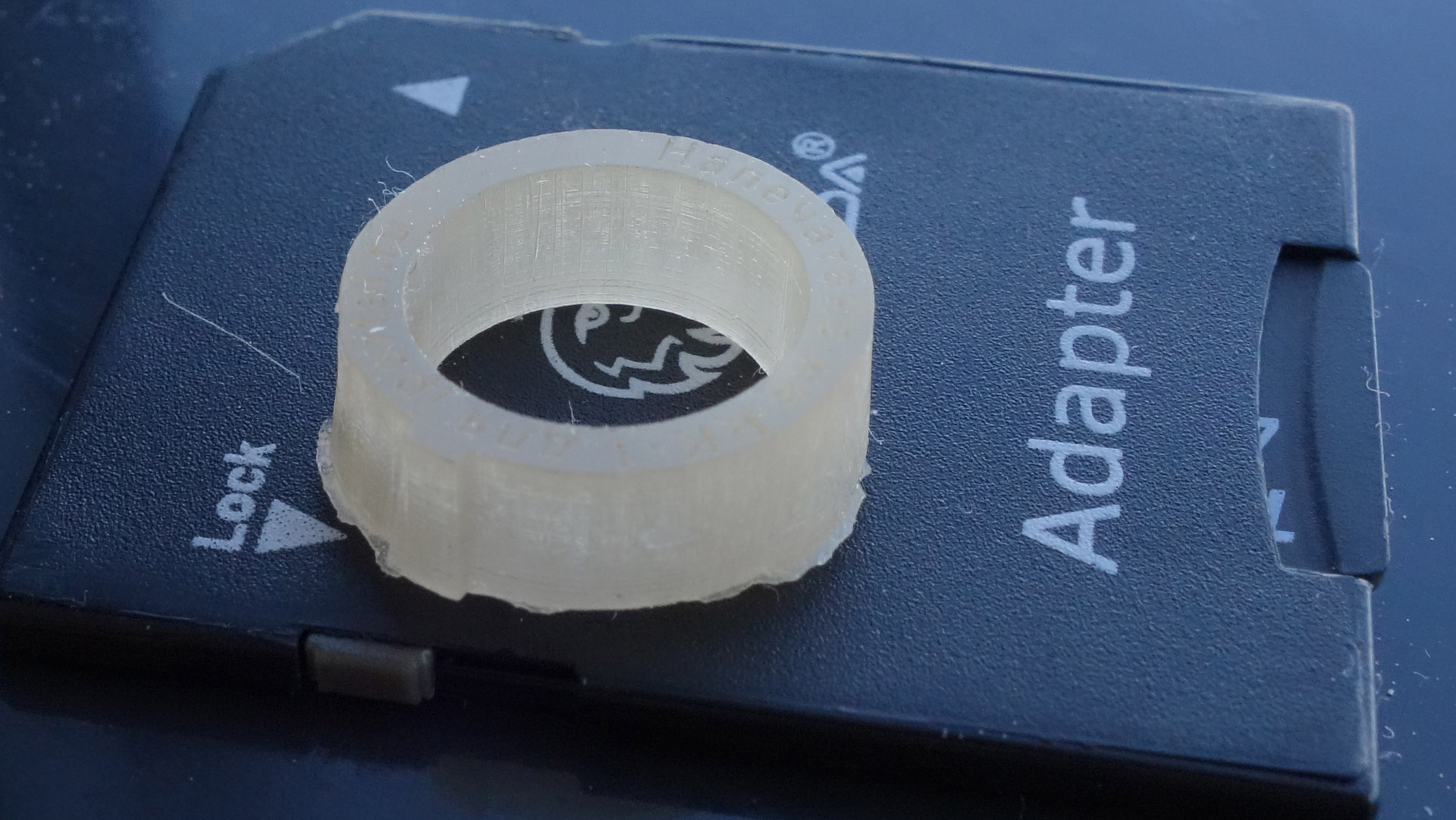
It is impossible to make out any details on such a model. Therefore, it is necessary to carefully paint the model. We used graphit 33 graphite grease .
After application, this coating gives a matte surface that hides a large number of parts of interest to us, namely protrusions. It is necessary to grind the surface to obtain gloss. It is good that this coating allows you to do this.
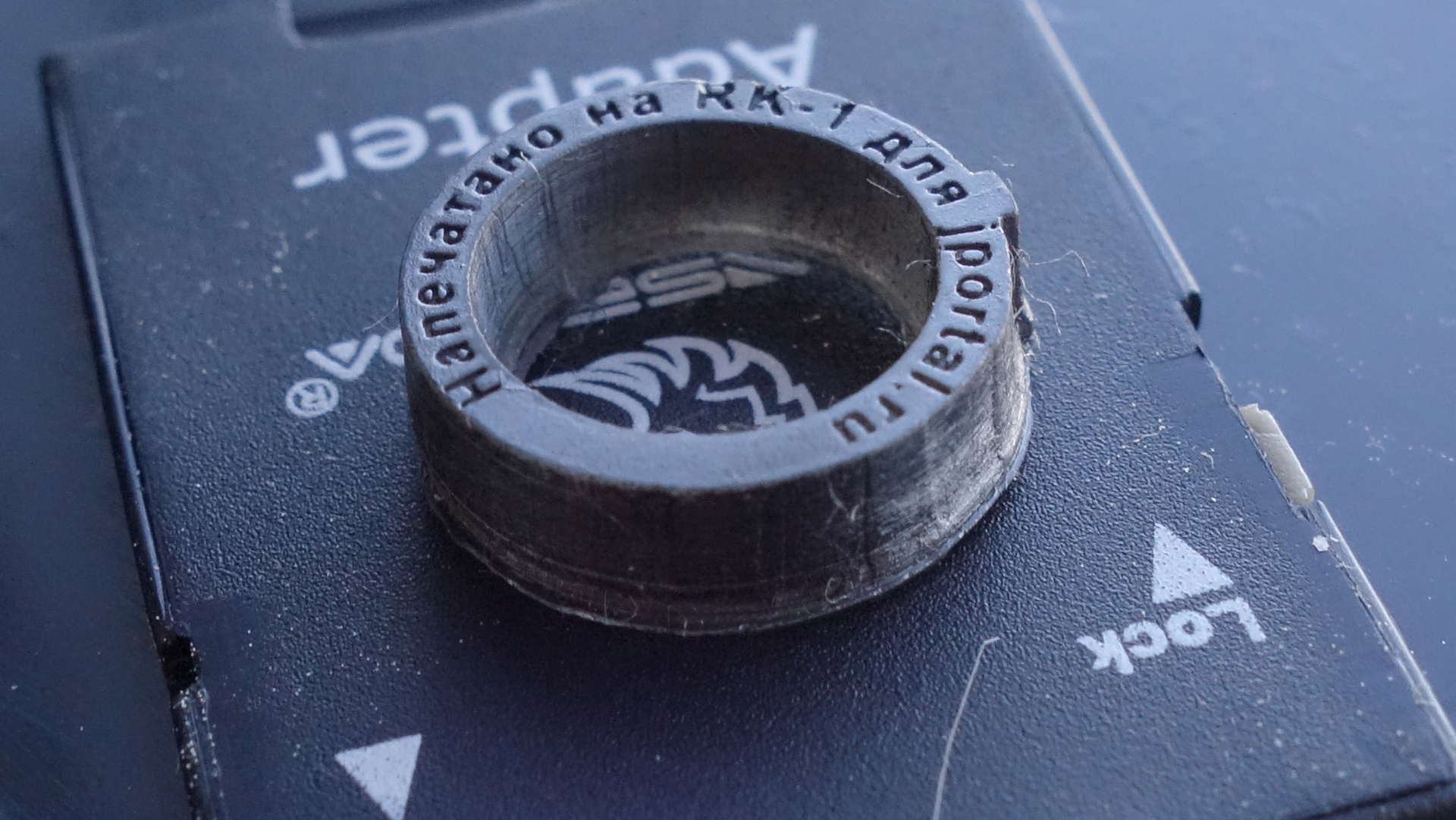
Here are some photos of the side face after “polishing” from different angles. The first part of the protrusions:
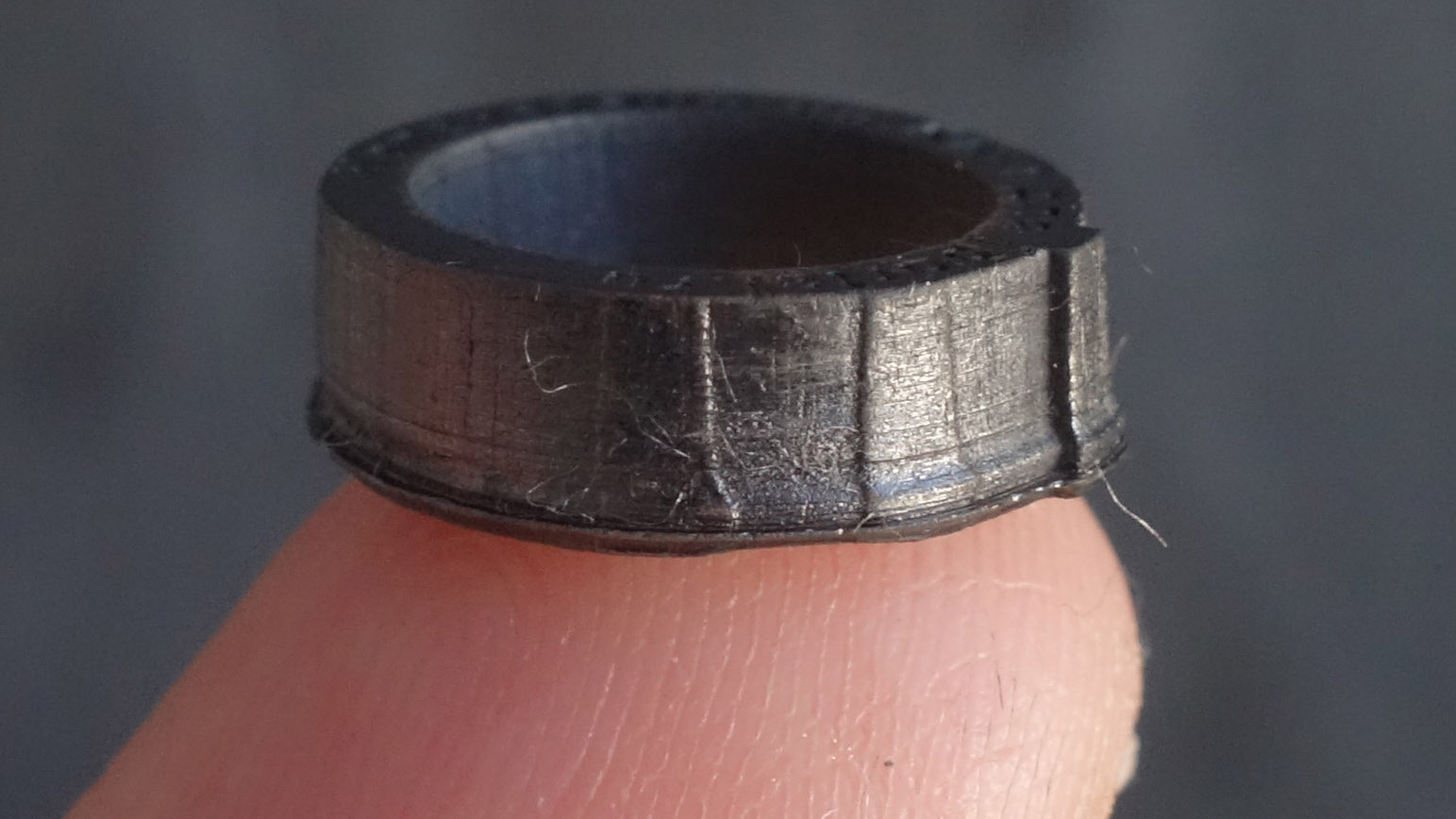
The second:
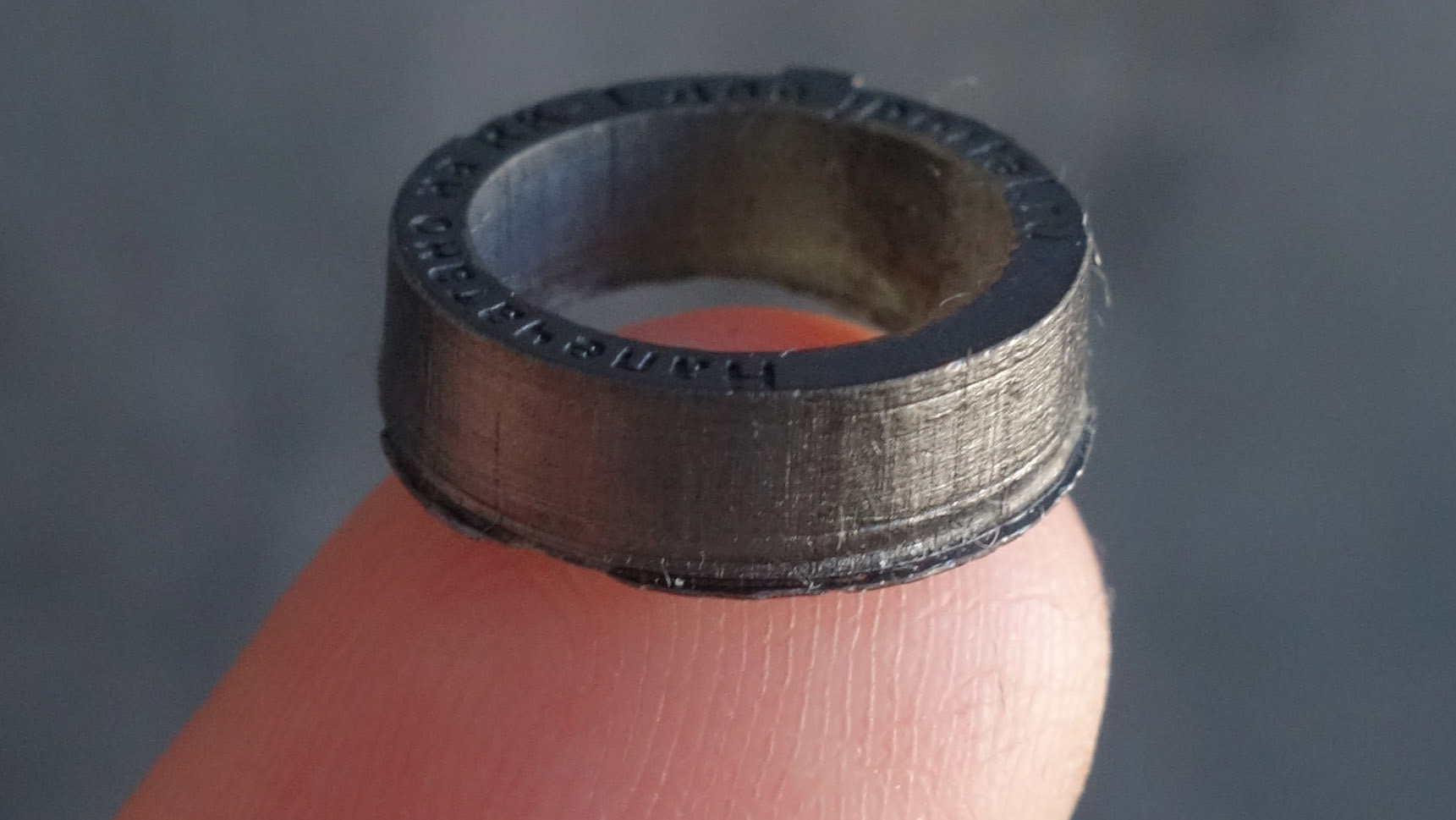
And the third:
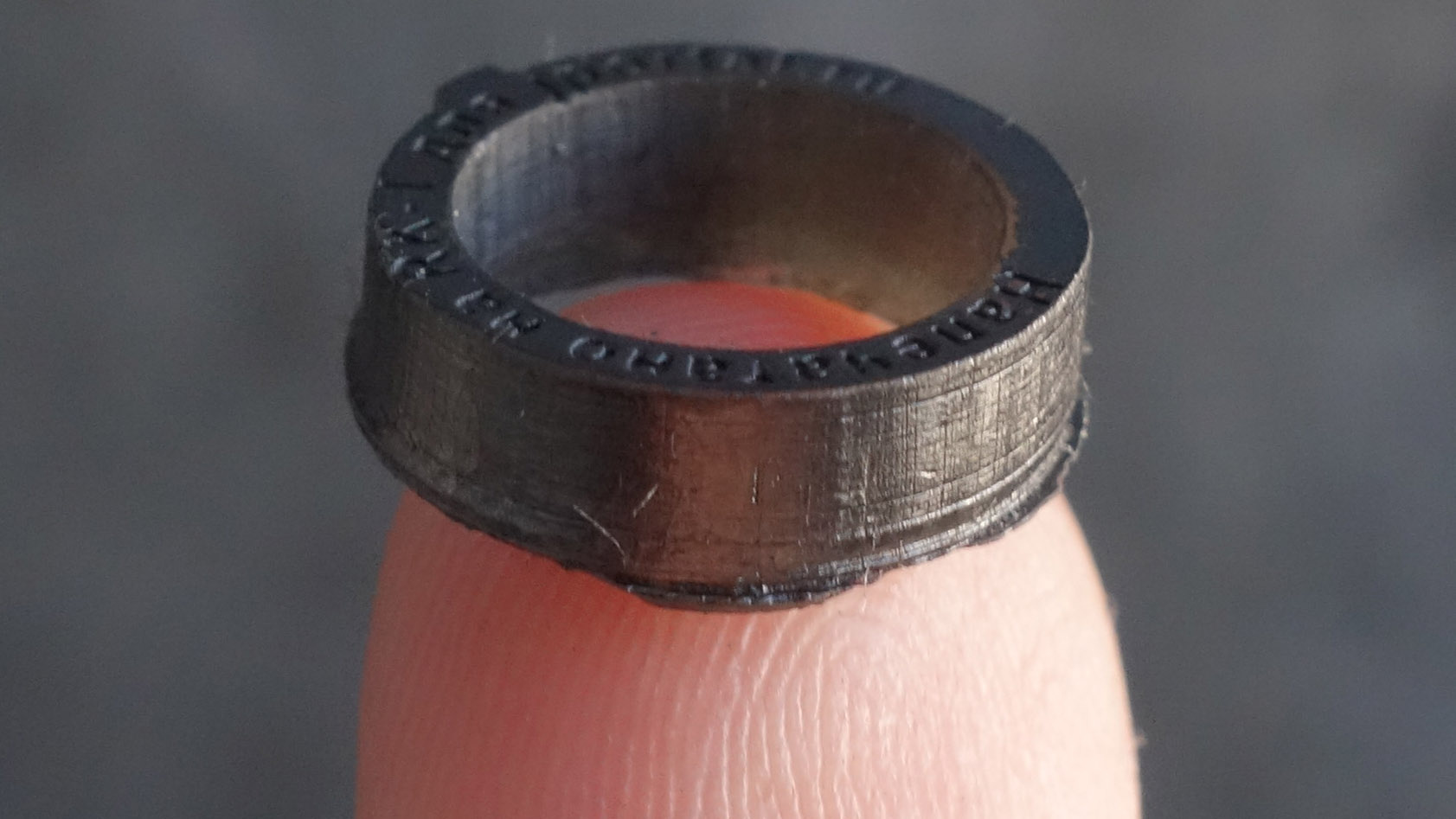
In the photo, these protrusions are not as noticeable as we would like. Therefore, armed with a USB microscope, I shot a short video.
As expected, the smallest protrusion (10 μm) could not be "printed". But all the other protrusions were printed and detected with the naked eye (only a glare). We printed large parts with a large radius of curvature - for these parts a resolution of even 10 microns is not enough, I would like less. But, this will be discussed in the following articles.
Thanks for attention.
A model in * .stl and * .sldprt format can be downloaded from here .
Immediately after printing on an RK-1 3D printer with a transparent polymer, the model looks like this.
It is impossible to make out any details on such a model. Therefore, it is necessary to carefully paint the model. We used graphit 33 graphite grease .
After application, this coating gives a matte surface that hides a large number of parts of interest to us, namely protrusions. It is necessary to grind the surface to obtain gloss. It is good that this coating allows you to do this.
Here are some photos of the side face after “polishing” from different angles. The first part of the protrusions:
The second:
And the third:
In the photo, these protrusions are not as noticeable as we would like. Therefore, armed with a USB microscope, I shot a short video.
conclusions
As expected, the smallest protrusion (10 μm) could not be "printed". But all the other protrusions were printed and detected with the naked eye (only a glare). We printed large parts with a large radius of curvature - for these parts a resolution of even 10 microns is not enough, I would like less. But, this will be discussed in the following articles.
Thanks for attention.
